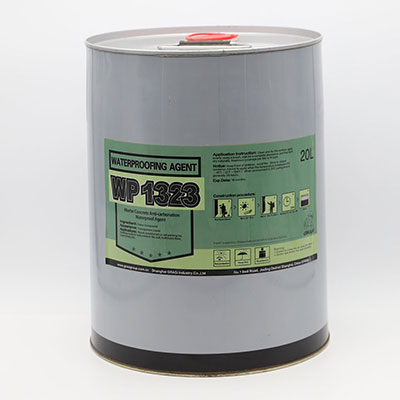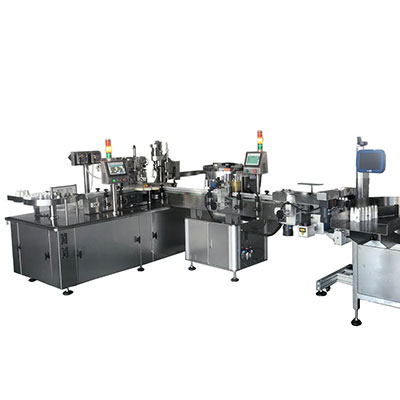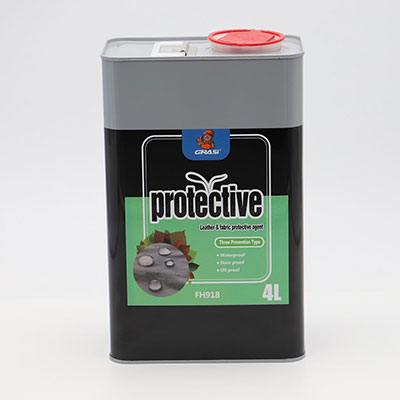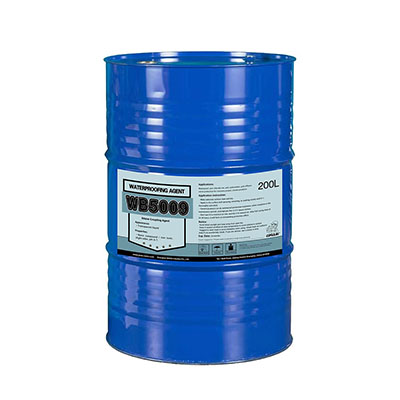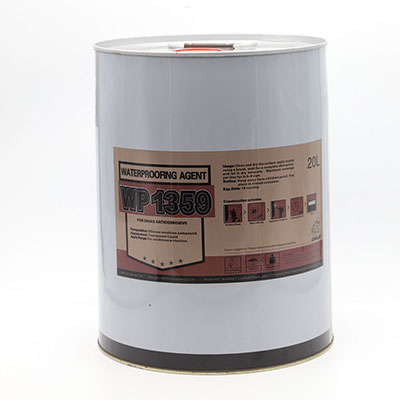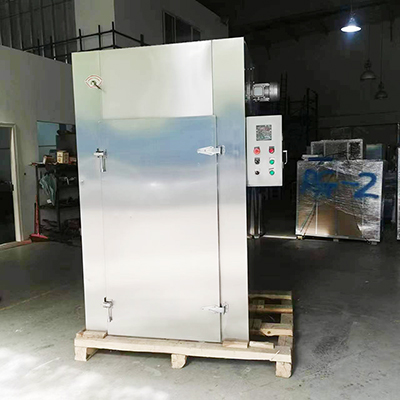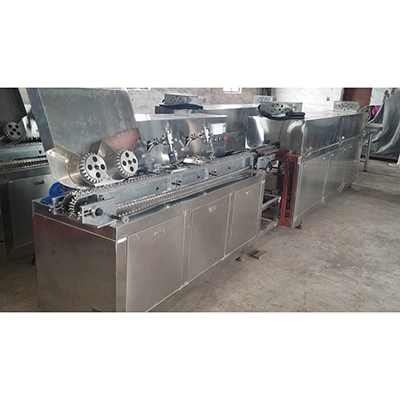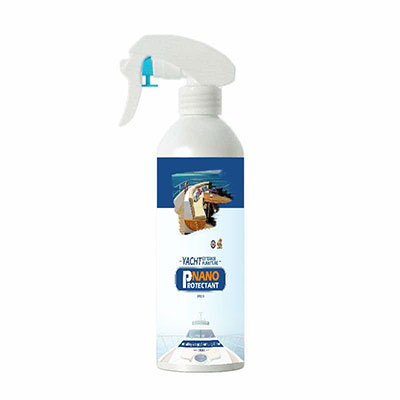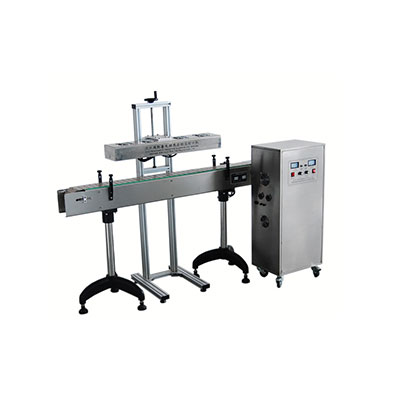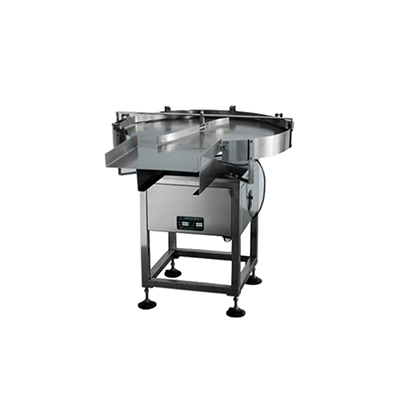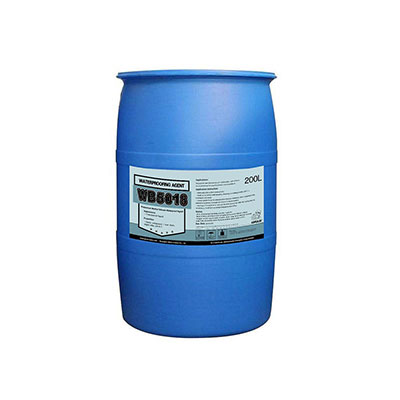Belt Conveyer
Composition and Working Principle of Belt Conveyor
Belt conveyor is made up of two end-pulleys and a continuous loop of material that rotates around them.
The materials that need to be conveyed are put on the belt. Under the drive of motor, the driving rollers of the belt conveyor cause the belt to advance, transporting the material to the designated location.
Applications of Belt Conveyor
Belt conveyor is widely used for handing material such as during mining, food and beverage processing, manufacturing, and power transportation, etc. Sometimes, they can also be used to transport commercial goods, construction materials, forest products, pulp and paper, etc.
Classifications of Belt Conveyor:
1. According to their driving mechanism, belt conveyors are classified into STD-mechanical drive series, STDJ Ⅱmechanical drive series and STD-electric rotor drive series.
STD-mechanical drive is driven by a cycloidal pinwheel reducer (with an outdoor motor) and chain-drive mechanism. Upside-down reducer and belt-drive mechanisms are used in STDJ series. An electric rotor is used to drive the STD series.
2. If classified by the installation method, belt conveyors include fixed series and SDY-portable series. As the name suggests, the former is fixed in one place while the latter is movable with an adjustable capacity.
3. Our belt conveyors have U steel structure, Frame structure and Truss structure.
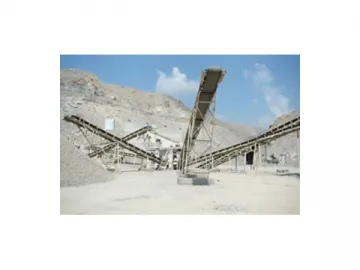
Henan Hongji Mine Machinery Co., Ltd. is a professional belt conveyor manufacturer and supplier in China, specializing in the production of many kinds of mining equipment. Our main products include crushing machines, flotation machines, classifying equipment, magnetic plants, ball mills, spiral classifiers, vibrating screens, sand making machines, and dryers, etc. They have gained ISO9001:2000 and SGS certification, and are popular in Vietnam, Myanmar, Bengal, Laos, Philippines, Peru, Iran, India, etc.
Please contact us for more information about prices, detailed technical parameters and specifications, etc. Thank you for visiting our website.
Specifications of Belt conveyor
| Belt Width(mm) | Belt Length (m) /Power (Kw) | Belt Speed(m/S) | Capacity(t/h) | ||
| 400 | ≤12/1.5 | 12-20/2.2-4 | 20-25/3.5-7.5 | 1.3-1.6 | 40-80 |
| 500 | ≤12/3 | 12-20/4-5.5 | 20-30/ 5.5-7.5 | 1.3-1.6 | 40-80 |
| 650 | ≤12/4 | 12-20/5.5 | 20-30/7.5-11 | 1.3-1.6 | 131-323 |
| 800 | ≤6/4 | 6-15/5.5 | 15-30/7.5-15 | 1.3-1.6 | 278-546 |
| 1000 | ≤10/5.5 | 10-20/7.5-11 | 20-40/11-12 | 1.3-2.0 | 435-853 |
| 1200 | ≤10/7.5 | 10-20/11 | 20-40/15-30 | 1.3-2.0 | 655-1284 |
Links:https://www.globefindpro.com/products/55502.html
-
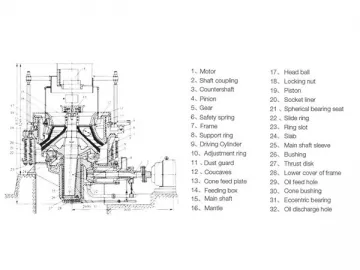 Cone Crusher
Cone Crusher
-
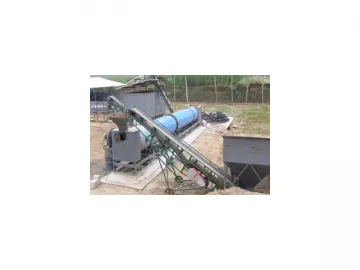 Sand dryer
Sand dryer
-
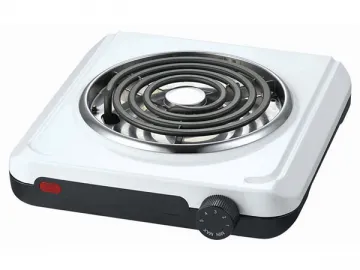 Electric Single Coil Hot Plate, ES601-U8
Electric Single Coil Hot Plate, ES601-U8
-
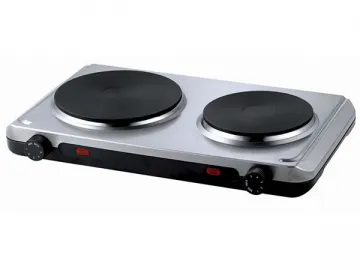 Electric Double Solid Hot Plate, ES602-D8
Electric Double Solid Hot Plate, ES602-D8
-
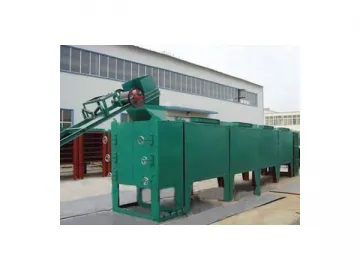 Belt Dryer
Belt Dryer
-
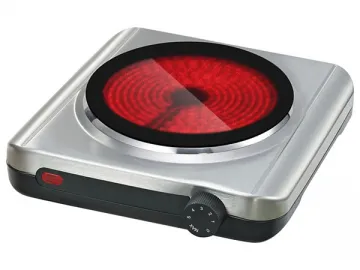 Single Infrared Ceramic Hot Plate, LK-CG-D01
Single Infrared Ceramic Hot Plate, LK-CG-D01
-
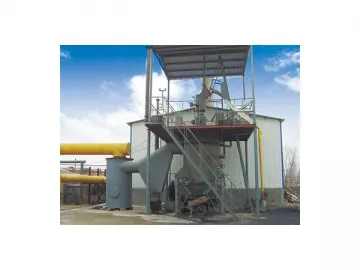 Coal Gas Generator
Coal Gas Generator
-
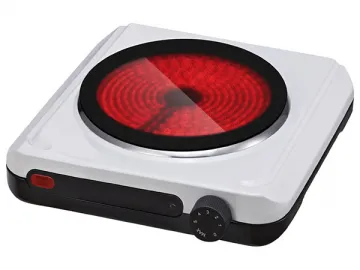 Single Infrared Ceramic Hot Plate, LK-CG-D08
Single Infrared Ceramic Hot Plate, LK-CG-D08
-
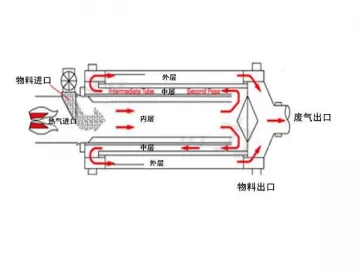 Triple Pass Rotary Drum Dryer
Triple Pass Rotary Drum Dryer
-
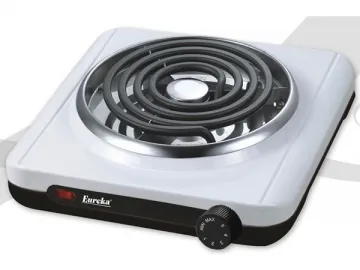 Electric Single Coil Hot Plate, ES601-U1
Electric Single Coil Hot Plate, ES601-U1
-
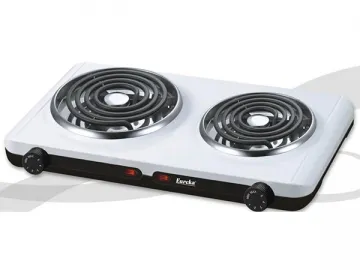 Electric Double Coil Hot Plate, ES602-U1
Electric Double Coil Hot Plate, ES602-U1
-
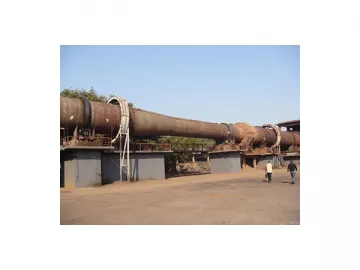 Rotary Kiln
Rotary Kiln
